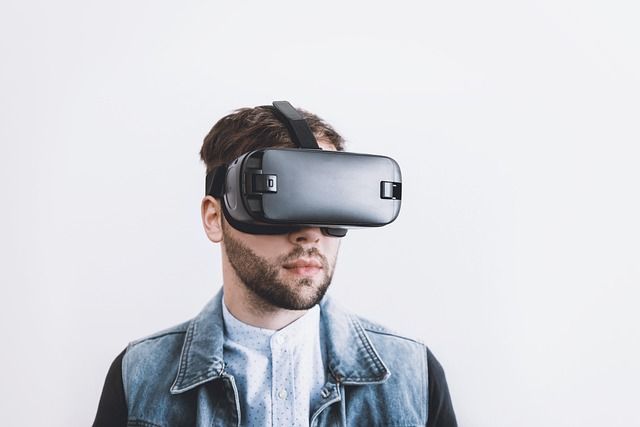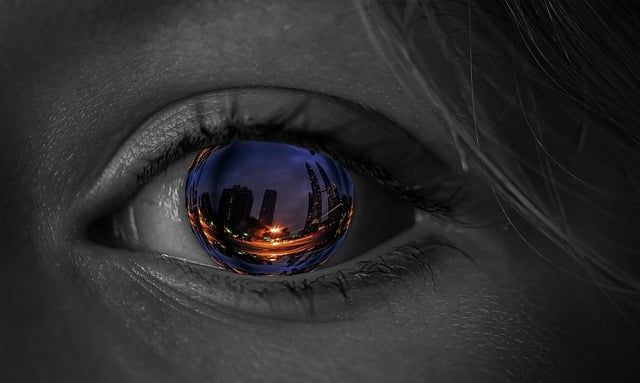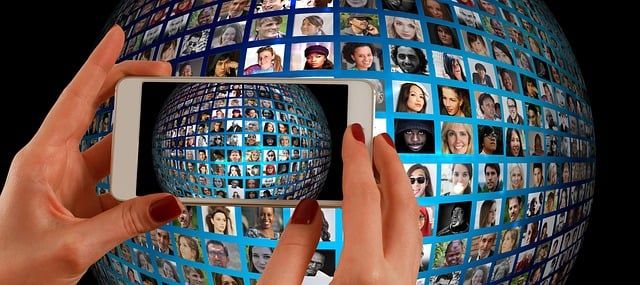Exploring VR World and Applications

Exploring the World of Virtual Reality
Virtual Reality (VR) is a technology that has the power to transport us to entirely different, digitally created environments. With VR, users can interact with the digital world in a way that mimics the real world, creating an immersive experience that blurs the line between the physical and digital realms. The technology is being applied in many different ways and has the potential to revolutionize the way we live, work and play. In this blog post, we will explore the world of VR, what it is, how it works and the many applications it is being used for.

What is Virtual Reality?
Virtual Reality is a computer-generated environment that can be experienced through a headset or a room-scale setup. With VR, the user is fully immersed in a digital world that they can interact with through hand gestures, movements and even voice commands. The technology makes use of advanced algorithms, sensors and graphics to create a believable and interactive experience that feels real.

How Does Virtual Reality Work?
Virtual Reality works by creating a seamless digital environment that is responsive to the user’s movements. This is achieved through the use of head-mounted displays (HMDs), which house high-resolution displays and lenses that present the virtual world to the user. The user’s movements are tracked by sensors and translated into actions within the virtual environment. The experience is made even more immersive by using headphones to provide 3D audio, making it seem like sounds are coming from different parts of the virtual world.
Applications of Virtual Reality
Virtual Reality has a vast range of applications, from entertainment and gaming to education and healthcare. Here are some of the key ways VR is being used:

Gaming - Virtual Reality has become a popular platform for gaming, allowing players to fully immerse themselves in the virtual world and interact with it in a way that was never before possible.
Education - VR is being used in education to create interactive learning experiences that are both engaging and memorable. This includes virtual field trips to historical sites or remote locations, or virtual simulations of real-world situations that allow students to practice their skills in a safe and controlled environment.

Healthcare - VR is being used in healthcare to treat patients with conditions such as anxiety, phobias and post-traumatic stress disorder (PTSD). The technology allows healthcare professionals to create virtual environments that mimic real-world situations, allowing patients to face their fears and work through them in a controlled and safe manner.
Real Estate - VR is being used in real estate to give potential buyers an immersive tour of properties they are interested in, without having to physically visit them. This can save time and money, and is especially useful for properties that are located far away or are difficult to access.
Travel and Tourism - VR is being used to give people virtual tours of destinations around the world, allowing them to experience new cultures and places without leaving their homes.
Training and Simulation - VR is being used to train people in a range of different industries, including military, aviation and manufacturing. The technology allows trainees to practice their skills in a simulated environment that mimics real-world situations, reducing the risk of accidents and increasing efficiency.
Conclusion
Virtual Reality is a technology that is still in its early stages but has already demonstrated its potential to change the way we live, work and play. With its ability to create immersive and interactive digital environments, VR has the potential to revolutionize many different industries, from entertainment and gaming to education and healthcare. As the technology continues to evolve and improve, it is sure to become even more accessible and widely used, offering new and exciting possibilities.